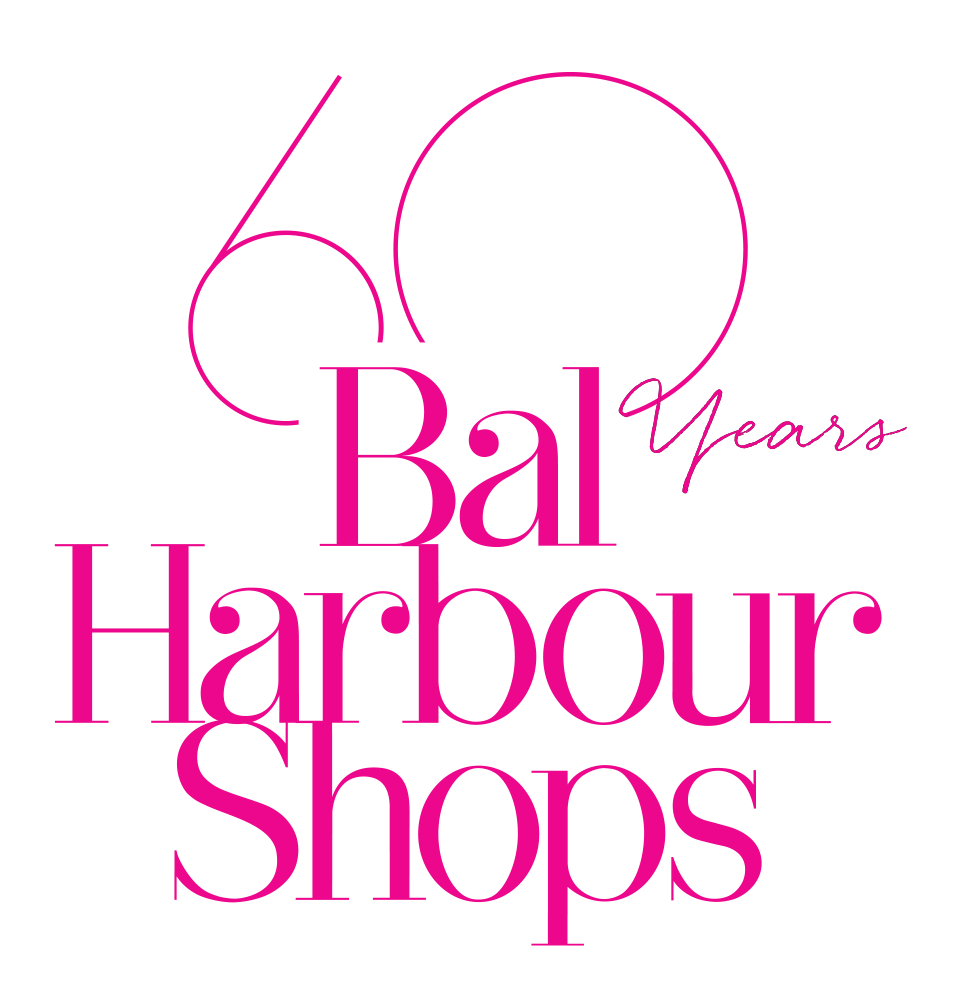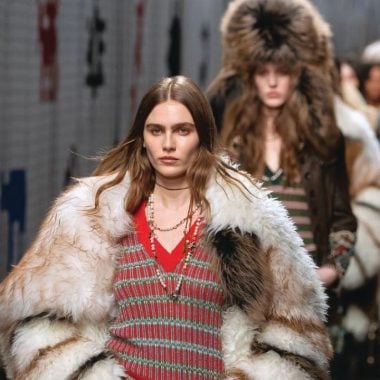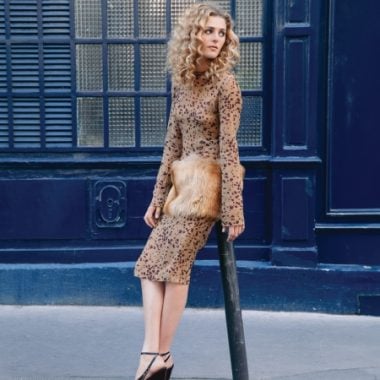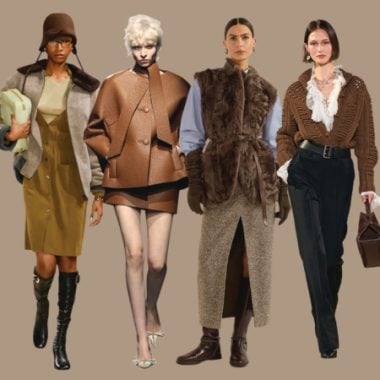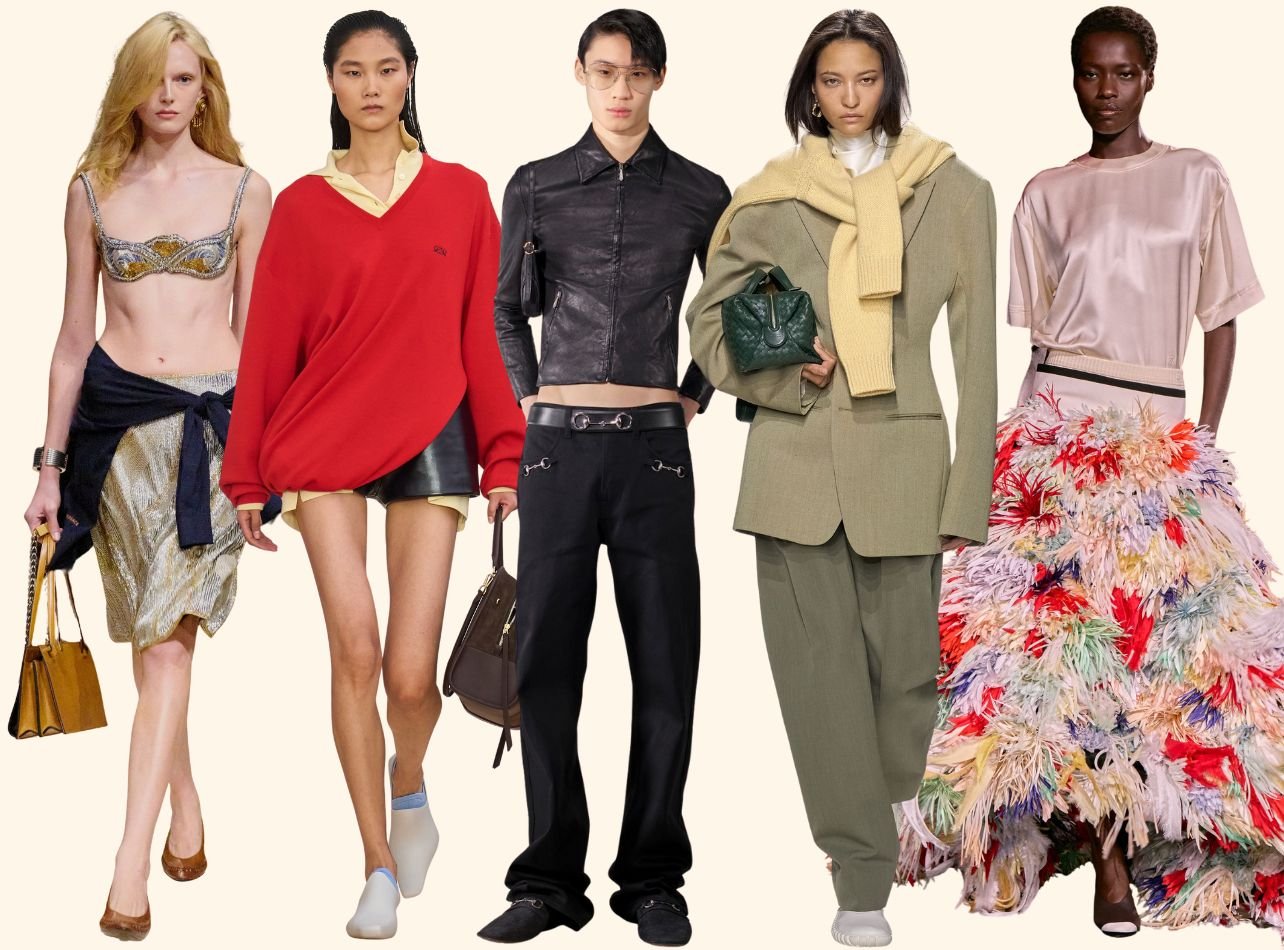
Spring/Summer 2026 runway looks from Versace, Loewe, Gucci, Bottega Veneta and Chanel.
Spring/Summer 2026–the season for which runway shows just ended, following their standard arc from New York to London to Milan to Paris–might go down in fashion history as the apex of change. Emphasis on might: designer debuts at huge and influential houses numbered north of ten, with heavyweights like Chanel, Bottega Veneta, Dior, Balenciaga and Gucci all featuring new top names on their respective marquees. Yet while there were seismic changes in the C-Suites, there were not maybe quite as many in aesthetic. But that’s OK: first rounds can never be perfect. Though arguably, one was.
The best of this debutante season was seen at Chanel, where Matthieu Blazy spun stars in the eyes of nearly everyone watching; his vision was all Coco in code, yet lighter, happier, craftier, and thoroughly modern. Set beneath a planetary set in Paris’s Grand Palais, it was a blazing takeoff. It might even be hard to top.
Some other top notes: At Versace, Dario Vitale swung not exactly for the fences, but at least for somewhere new in the field–a territory that was consciously less polished and more textured than what we’ve come to expect from the label. In my opinion, he did so both well and fascinatingly. And at Balenciaga, Pierpaolo Piccioli delivered beauty in cut and a touch of austerity in impression, while nodding to the powerful chapters, and leaders, Balenciaga has had along the way.
Below, see our recap of 8 arrivals, and some of the key looks to put on your list to shop at Bal Harbour Shops next spring.
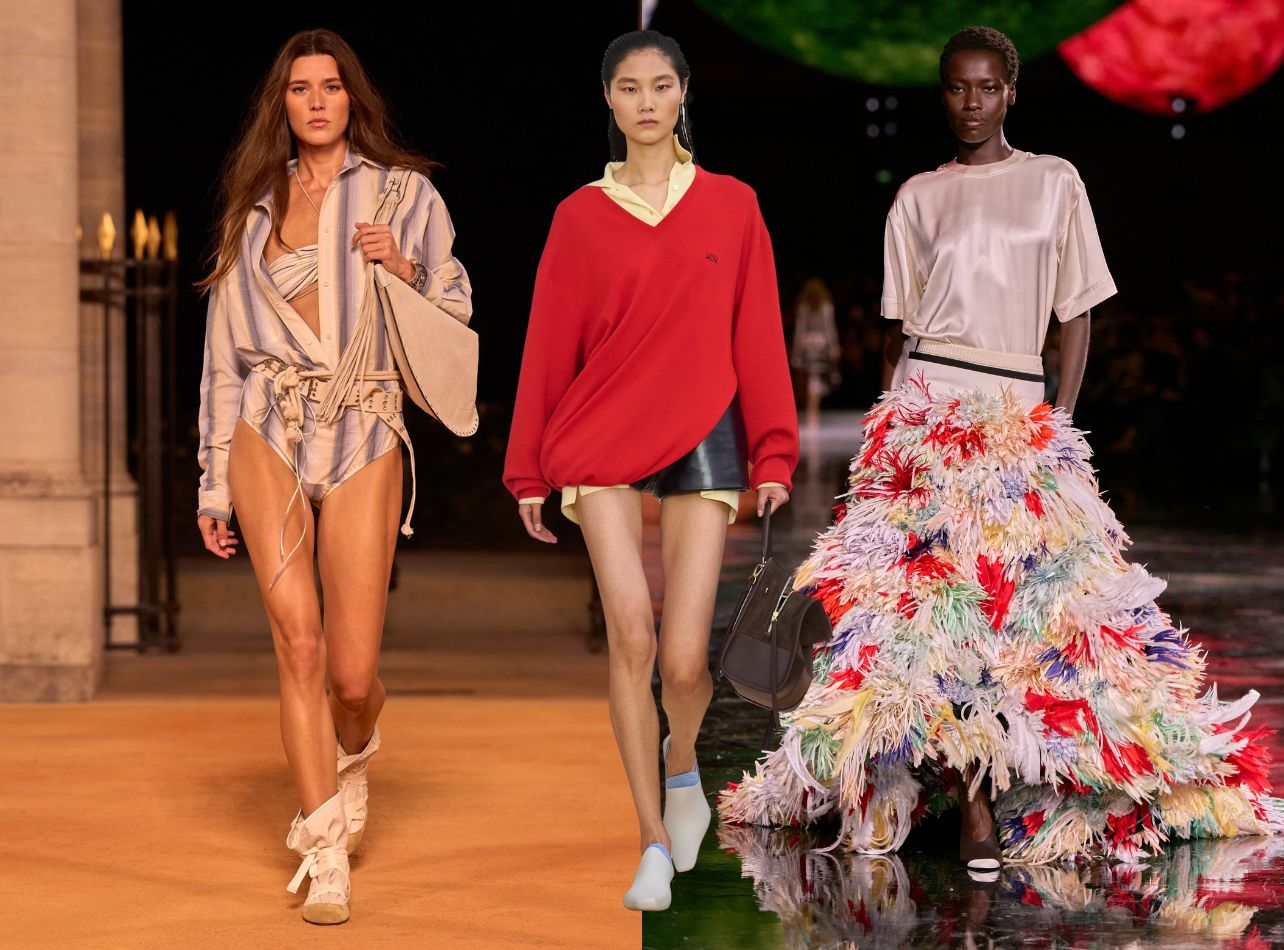
Spring/Summer 2026 runway looks from Isabel Marant, Loewe and Chanel.
Isabel Marant
Isabel Marant has stepped down as the creative lead of her namesake label after three decades (!), and promoted Kim Bekker, who has worked alongside Marant for the past four years. The Marant woman is full of rockabilly French elan, and Bekker handled that spirit with knowing aplomb–leather, suede, and a traveler’s sense of freedom and excitement all included for Spring.
Loewe
Jack McCollough and Lazaro Hernandez replaced Jonathan Anderson at Loewe, and their debut was a literal splash; it was full of bright, polychrome color–a signature from their Proenza Schouler days–and arty shapes and forms. The twisted sweaters were a popular talking point amongst editors, as were the single-handle Amazona bags, worn unzipped and open (chic for styling, but hopefully they add a second handle for when these carriers hit shelves).
Chanel
It has been hailed as the debut of the season. No small feat, considering the amount of them. Mathieu Blazy’s Chanel is freer and more fun than his predecessor Virginie Viard’s, and more artisanal than Karl Lagerfeld’s, but no less lacking in the house’s established codes: tweeds and double-C’s aplenty. One surefire hit: Blazy linked-up with Charvet to quietly collaborate on shirting (Coco Chanel would often wear her boyfriend’s Charvet button-downs); these will likely be the retail items to fly off the shelves. With deeper pockets, the feathery ebullience of this show-closing skirt makes for a hallmark collector’s piece.
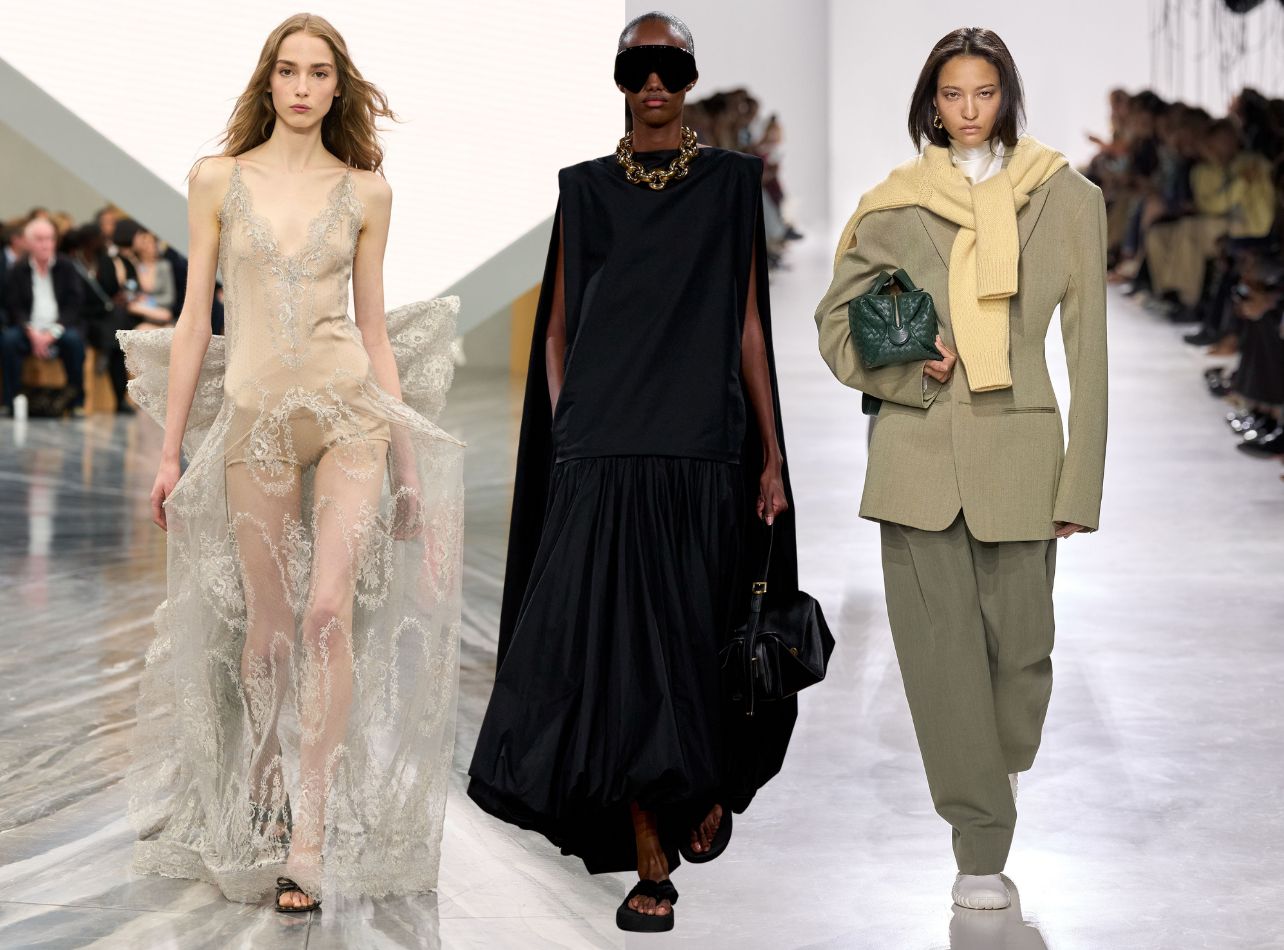
Spring/Summer 2026 runway looks from Dior, Balenciaga and Bottega Veneta.
Dior
One of the biggest debuts of the season, Jonathan Anderson’s Dior was a bold proposal: he did not shy away, at all really, from eclecticism. It was actually nice to see. For a house built on the bar jacket and a sense of prim and properness and romance, Anderson was smart to steer it in a cleverer, quirkier, edgier direction, we think. That thinking is what made his tenure at Loewe so successful. This angel-wing dress, pictured above in lace, is a prime example; beautifully crafted and equally unusual.
Balenciaga
Pierpaolo Piccioli’s debut at Balenciaga was excellent, and he did something smart: he didn’t solely look at namesake Cristòbal Balenciaga’s archives. Instead, he layered in bits from more recent creative directors, too, like Demna and his mega-proportioned eyewear and Nicolas Ghesquière and equine hats (from way, way back in the aughts, for those who remember). Piccioli draws and drapes a beautiful–almost regal–silhouette, and his most successful pieces were rendered in all black: confident, direct, clever and cut as perfectly as any house is capable.
Bottega Veneta
Bottega Veneta saw the arrival of Louise Trotter, an accomplished designer with a dynamic resume; she has worked for everyone from Joseph, the British retailer with its own in-house brand, to quirky-cool Carven to athletic Lacoste. Throughout her tenure, she has upheld a modern and sporty sensibility, and that carried over to her premiere at Bottega. Plus there was lots of the house’s signature intrecciato weave, to boot, including new stitches, widths, gauges and more. She went all in.
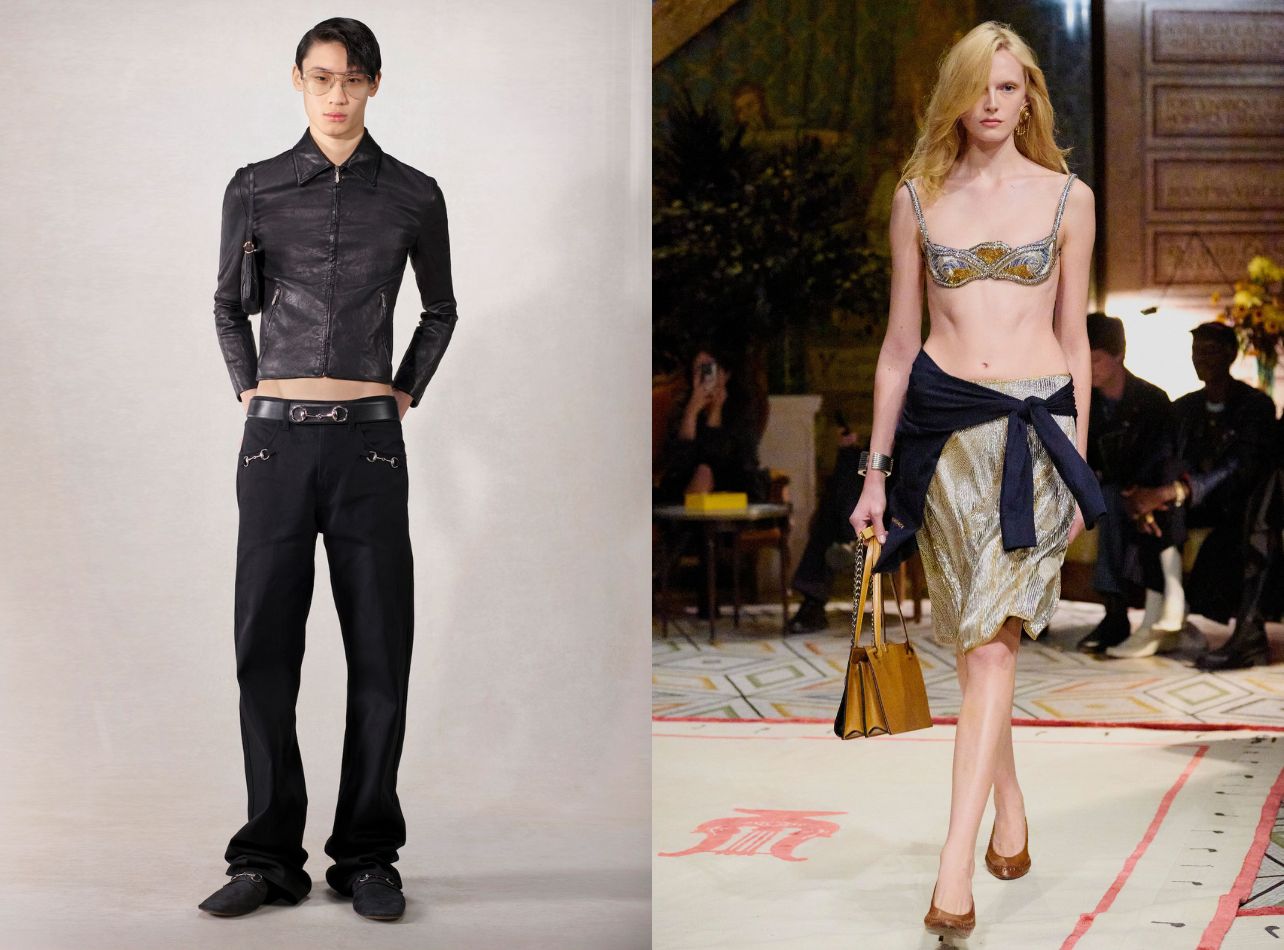
Spring/Summer 2026 runway looks from Gucci and Versace.
Gucci
Gucci, now helmed by Demna, chose an alternative route to show its latest collection: a 30 minute short film called The Tiger starring Demi Moore (and a number of other big stars). The movie, which is watchable online, isn’t especially notable, but pieces in Demna’s collection are. Namely: the horsebit-pocket low-rise denim seen here on his fictionalized lookbook character, the “Introverso” (each look was assigned a character type). Demna’s lineup is variety-heavy, and a lot of it looks similar to what he’s done before, but there are items such as these jeans that stand out: they’re unmistakably Gucci, Demna-coded in their casualness, and new to the mix.
Versace
At Versace, Dario Vitale revealed a surprise: an almost pared down look. It was not minimal nor austere, but rather, more casual and less capital-S sexy than the Versace of yesteryears. Think: a bit of grunge, layering, prints and pattern mash-ups, and more. There was also a throughline of the 1980’s in terms of the silhouettes. The collection received mixed reviews, but, take it or leave it, the suggestion that the Versace-verse can expand in this direction is an interesting one. Of all of the debuts, we’re most curious to see where this road leads.
